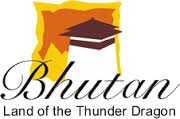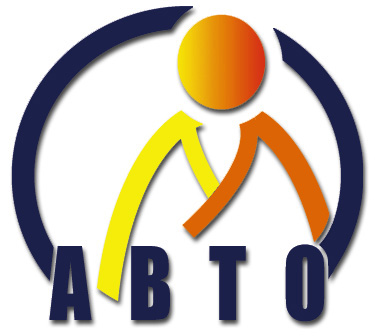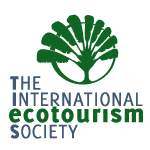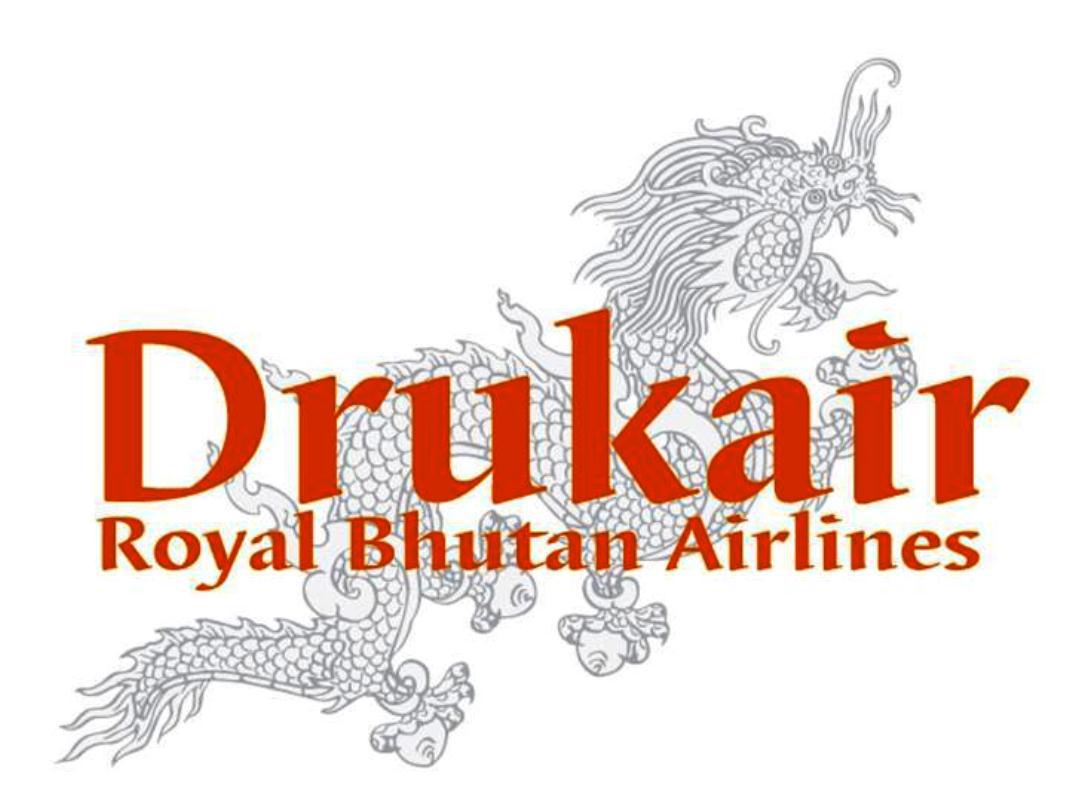While Bhutan is one of the smallest countries in the world, its cultural diversity and richness are profound.
As such, strong emphasis is laid on the promotion and preservation of its unique culture. By protecting and nurturing Bhutan’s living culture it is believed that it will help guard the sovereignty of the nation.
EATING HABITS
Traditional Bhutanese eating habits are simple and, in general, food is eaten with hands. Family members eat while sitting cross legged on the wooden floor with food first being served to the head of the household first.
It is usually women who serve the food and in most cases, the mother. Before eating, a short prayer is offered and a small morsel placed on the floor as an offering to the local spirits and deities. With modernization, eating habits have changed and in urban areas, people usually eat with cutlery whilst seated at a regular dining table.
Traditionally dishes were cooked in earthenware, but with the easy availability of modern goods, pots and pans have largely replaced their use. A typical Bhutanese meal consists of rice, a dish of Ema Datshi, the country’s favourite dish of chili and cheese, pork, beef curry or lentils.
MARRIAGE
Until just a few decades ago arranged marriages were common and many married among their relatives. In eastern Bhutan cross-cousin marriages were also once common, however, this practice is now becoming less common place among the literate masses and most marriages are based on the choice of the individuals.
Marriages are simple affairs and are usually kept low-key. However, elaborate rituals are performed for lasting unions between the bride and the bridegroom. As the religious ceremony comes to an end, parents, relatives and friends of the couple present the newlyweds with traditional offerings of scarves along with gifts in the form of cash and goods.
In the Western Bhutan, it was commonplace that the husband goes to live in his wife’s house after marriage while the practice in Eastern Bhutan is for the wife to move into the husband’s home. Of course, the newlyweds may also choose to live on their own. Divorce is also an accepted norm and carries no ignominy or disgrace within the country.
BHUTANESE DRESS
One of the most distinctive features of the Bhutanese is their traditional dress.
One of the most distinctive features of the Bhutanese is their traditional dress, unique garments that have evolved over thousands of years. Men wear the Gho, a knee-length robe somewhat resembling a kimono that is tied at the waist by a traditional belt known as Kera. The pouch t which forms at the front traditionally was used for carrying food bowls and a small dagger. Today however it is more accustomed to carrying small articles such as wallets, mobile phones and Doma (beetle nut).
Women wear the Kira, a long, ankle-length dress accompanied by a light outer jacket known as a Tego with an inner layer known as a Wonju.
However, tribal and semi-nomadic people like the Bramis and Brokpas of eastern Bhutan generally wear clothing that differs from the rest of the Bhutanese population. The Brokpas and the Bramis both wear dresses woven either out of Yak or Sheep hair.
Bhutanese still wear long scarves when visiting Dzongs and other administrative centers. The scarves worn vary in color, signifying the wearer’s status or rank. The scarf worn by men is known as Kabney while those worn by women are known as Rachus. Below is a brief breakdown of the different kabneys and their associated rank.
The Rachu is hung over a woman’s shoulder and unlike the scarves worn by men, does not have any specific rank associated with its color. Rachus are usually woven out of raw silk and embroidered with beautiful rich patterns.
| Rank | Kabney/Scarf |
| The King | Yellow |
| Je Khenpo (Head Abbot) | Yellow |
| Minister | Orange |
| Judge | Green |
| District Administrator | Red with a small white stripe |
| Commoner | White |



 Call +975-17642585
Call +975-17642585














